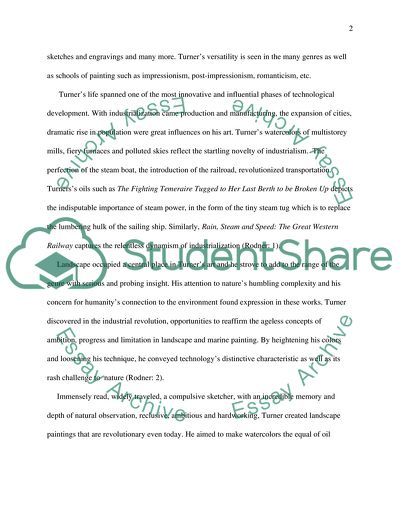Cite this document
(Landscape Artist Joseph Mallord William Turner Research Paper, n.d.)
Landscape Artist Joseph Mallord William Turner Research Paper. https://studentshare.org/visual-arts-film-studies/1540315-research-papper-about-landscape-artist-jmw-turner
Landscape Artist Joseph Mallord William Turner Research Paper. https://studentshare.org/visual-arts-film-studies/1540315-research-papper-about-landscape-artist-jmw-turner
(Landscape Artist Joseph Mallord William Turner Research Paper)
Landscape Artist Joseph Mallord William Turner Research Paper. https://studentshare.org/visual-arts-film-studies/1540315-research-papper-about-landscape-artist-jmw-turner.
Landscape Artist Joseph Mallord William Turner Research Paper. https://studentshare.org/visual-arts-film-studies/1540315-research-papper-about-landscape-artist-jmw-turner.
“Landscape Artist Joseph Mallord William Turner Research Paper”. https://studentshare.org/visual-arts-film-studies/1540315-research-papper-about-landscape-artist-jmw-turner.


